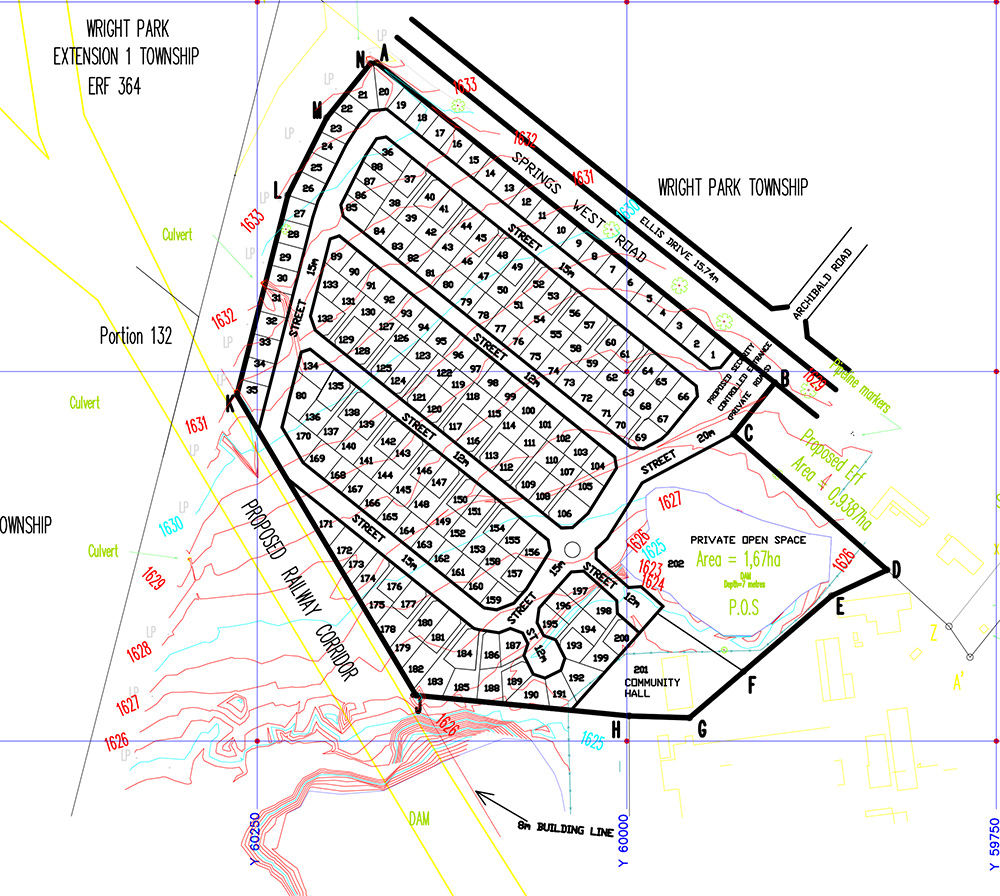Dijalo Facilities Management installs Occupancy Sensors at Dijalo Head Office
Now that we are not having load shedding anymore the focus has shifted from electricity saving to water saving. This article is not about water saving though, it’s about saving money on electricity consumption.One of the most wasteful expenses in an office environment is office lighting.
Very often lights remain switched on when offices are not occupied because either there is no way of turning them off or because it’s just the way it’s always been. The easiest way to switch office lights off when the office is not occupied is to install occupancy sensors. Dijalo Facilities Management recently installed occupancy sensors in Dijalo’s head office in Sandton. The reason why it works for us is because many of our staff are out of the office for a substantial part of the day.
Our lights used to be switched on and off centrally and thus all of the office lights would simply stay on all the time. This was clearly a wasteful use of electricity.
So how did we do it?
Well each office has two light fittings so we simply called our electrical contractors, requested a few quotes and surprisingly it worked out at less than R500.00 per office.
The installation was quick and easy and only took about 20 minutes per office. The light fitting supply wiring had to be modified by the electrician, the sensor mounted on the ceiling and that wasit.The WACO sensors we installed work perfectly. The time delays are adjustable and there is an ambient light intensity sensor that can be adjusted so that the lights in the office will not come on if there is sufficient ambient light in the room. We found that setting the timer to about 7 minutes worked best for us. This results in the light switching off if no movement is detected for 7 minutes. If movement is detected the 7 minute period will reset. The result of this is the lights do not switch on and off unnecessarily or too often.
So how much do we save? We estimate that our electricity saving on lighting is as much as 50% and that payback was about 12 months. The sensors we used are compatible with any type of lighting so you don’t need to replace or upgrade your light fittings to electronic ballasts.
The next phase will be to install more energy efficient lighting such as T5 fluorescent tubes and LED’s.
The beauty of these sensors is they can be used in a residential environment as well, particularly in bathrooms, kitchens, passages and garages, all areas where the lights often get left on.
Peter Gray
Dijalo Facilities Management




